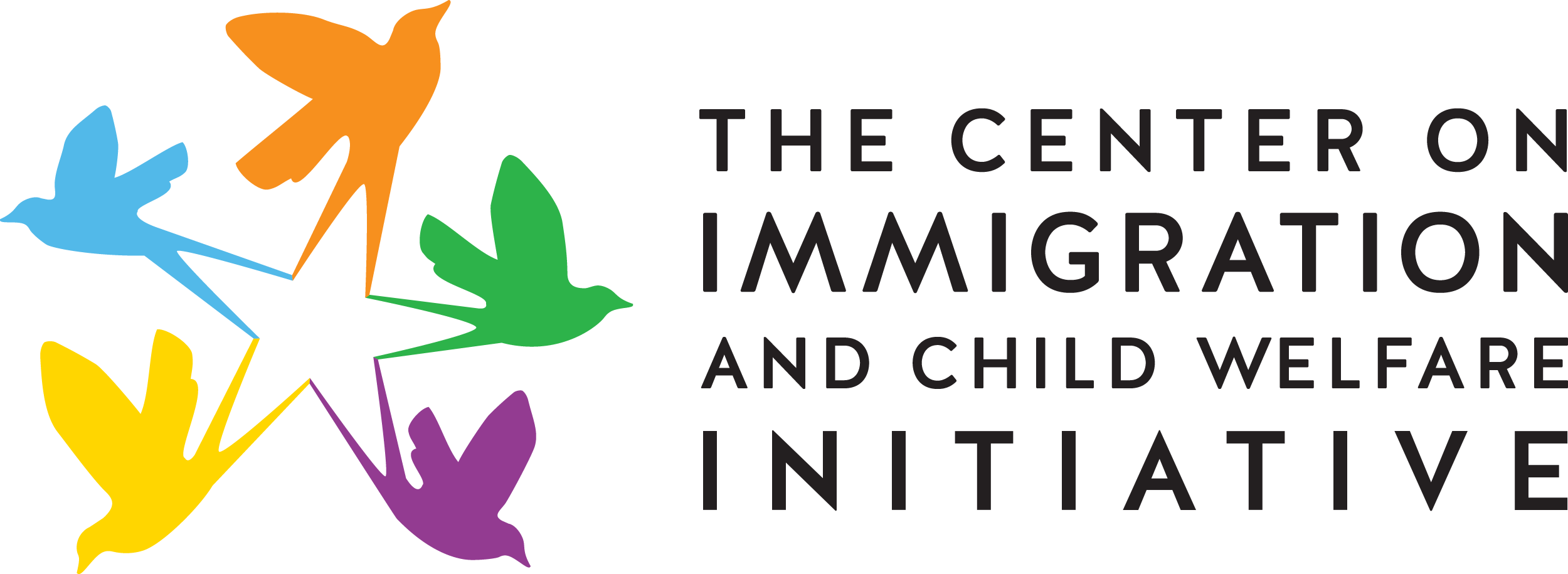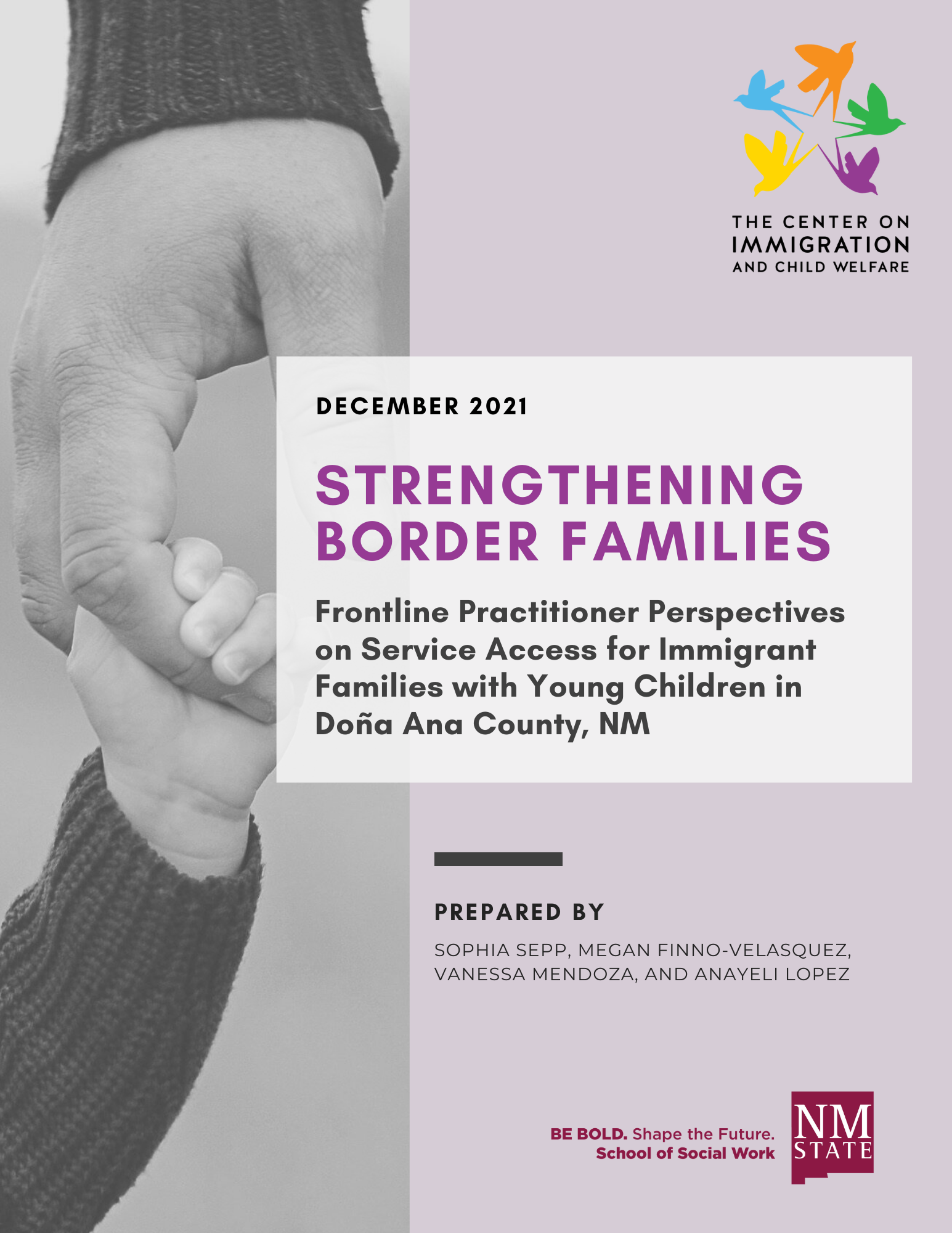Immigrants’ Use of New York City Programs, Services, and Benefits: Examining the Impact of Fear and Other Barriers to Access
Daniela Alulema and Jacquelyn Pavilon, Center for Immigration Studies (January 2022)
This research examines the impact of federal policies on access to public benefits and health services for immigrants in New York.


